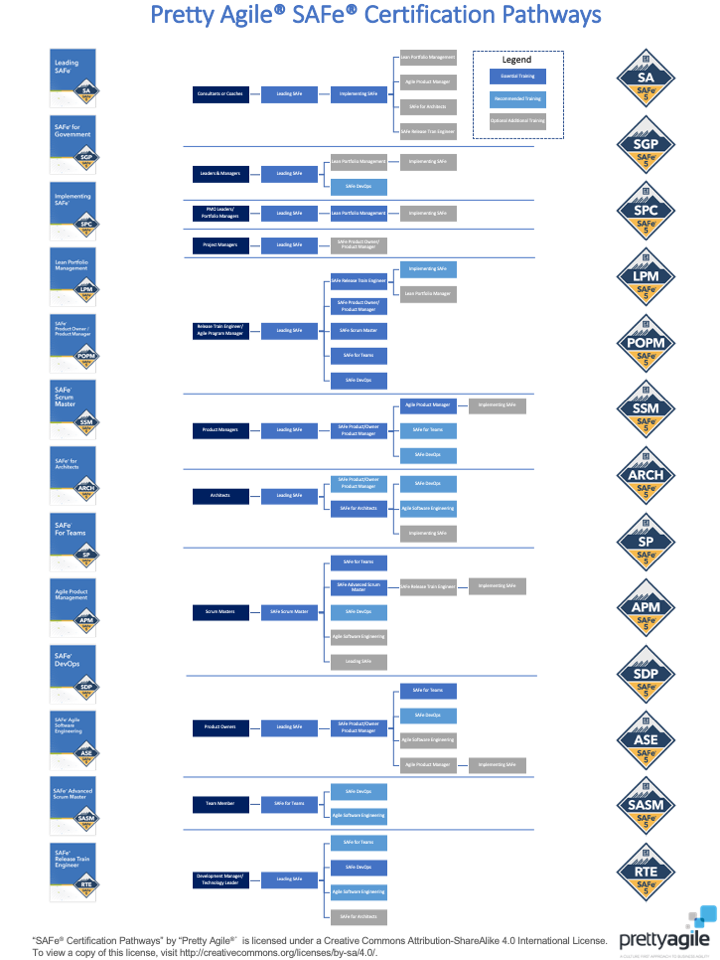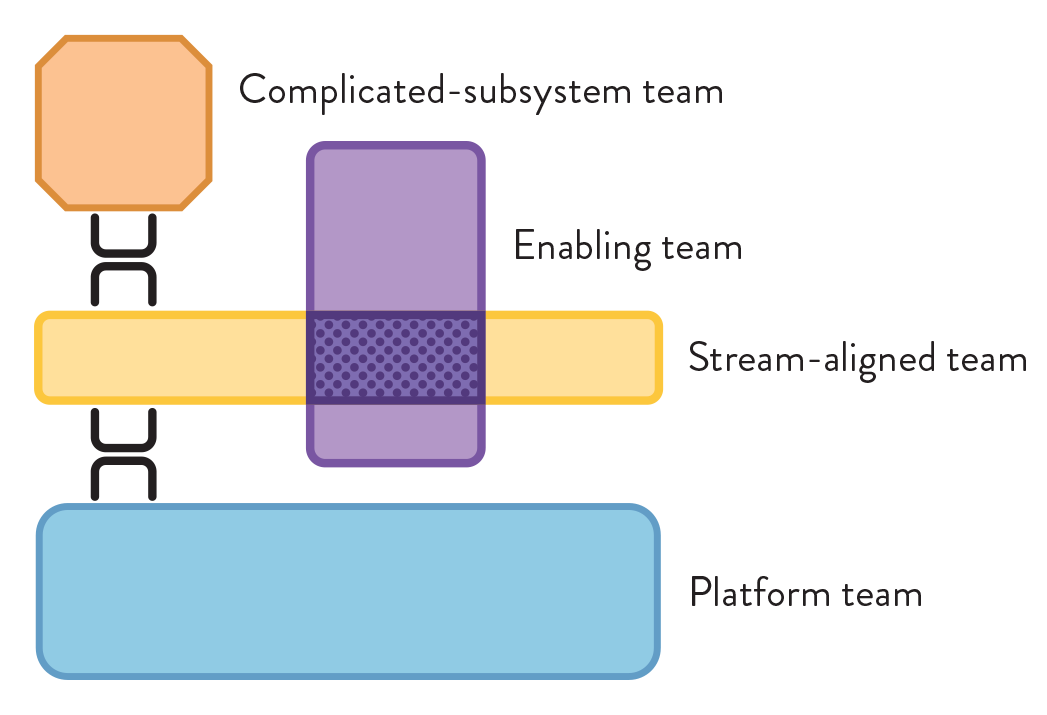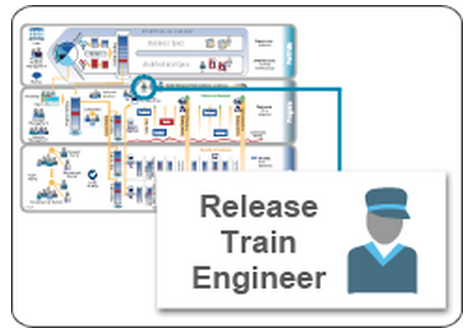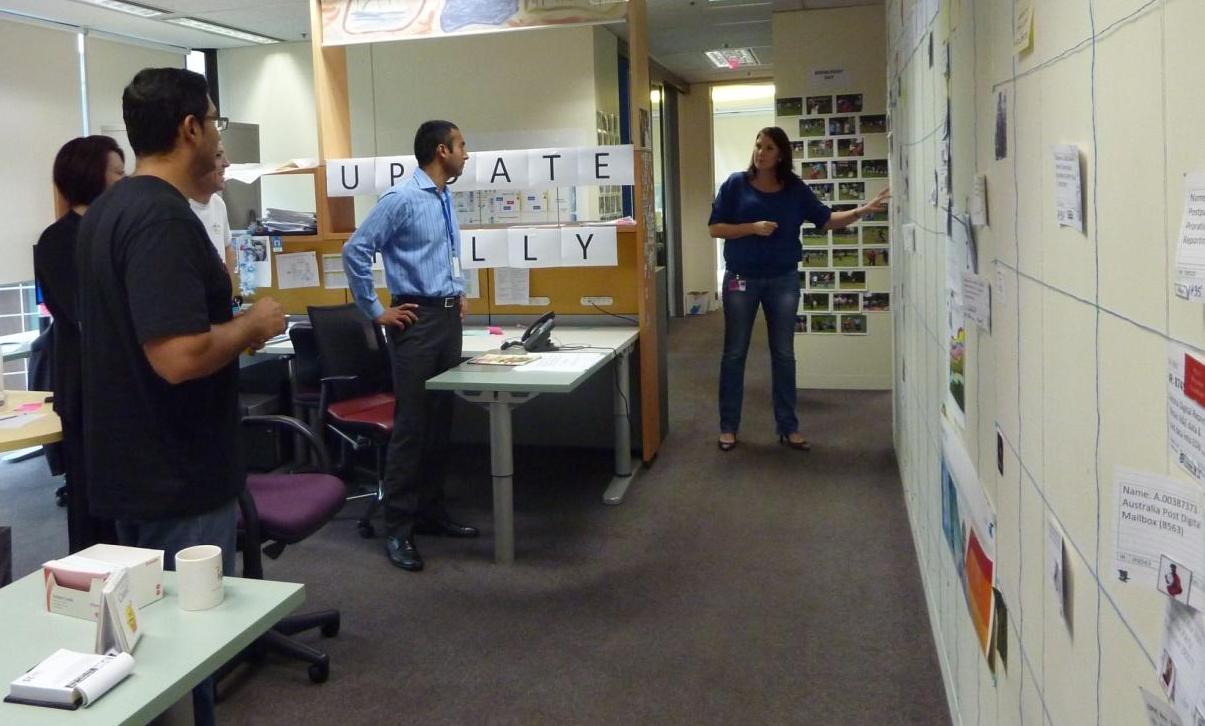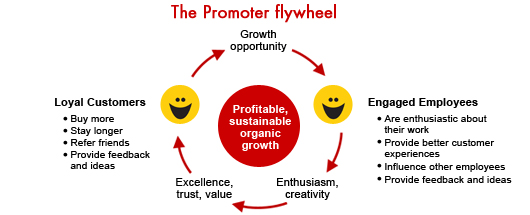- AI-Native Training
- SAFe Training
- Choose a Course
- Public Training Schedule
- SAFe Certifications
- Leading SAFe
- Implementing SAFe
- Advanced SAFe Practice Consultant
- Leading SAFe for Government
- SAFe Lean Portfolio Management
- SAFe Release Train Engineer
- SAFe for Hardware
- SAFe for Architects
- Agile Product Management
- SAFe Scrum Master
- Advanced Scrum Master
- SAFe DevOps
- SAFe Product Owner/Product Manager
- SAFe Agile Software Engineering
- SAFe for Teams
- SAFe Micro-credentials
- Agile HR Training
Will the Future Be Remotely SAFe?
As we all adjust to a truly new way of working, where physical distancing is the new norm, it seems more and more likely that many knowledge workers will be continuing to work from home for some time. Even as time goes by, and hopefully the need for physical distancing is reduced, will knowledge workers prefer to work from home?
If you know me, you would know I have never been a fan of distributed Agile teams. Quite simply, I have never gotten my head around how a team that never spends any time together team. I also have a particular bugbear about teams that have some members co-located and others remote, as it tends to result in the remote people becoming second-class citizens. If you want to succeed with SAFe or even Agile, there cannot be any second-class citizens on your Agile Release Trains or in your teams.
The one exception to my tough stance on distributed agile is where everyone on the team is remote and there is a reasonable time zone overlap (circa 4-hours a day). This generally works because there is an even playing field. As long as your communication tools and local internet infrastructure can support everyone being able to connect with video and collaborate online at the same time, this can and will work. My guess is that many of you have already learnt this via the massive global work from home undertaking forced upon us by the COVID-19 pandemic.
In Australia, many businesses are starting to consider how their employees expectations will have changed when they are allowed to return to the office in the coming weeks and months. One hot topic for our clients is: Will employees want to work from home more than the office going forward? And if so how will that work with SAFe?
I’m not sure I am the best person to answer the first question, but when it comes to SAFe I, of course, have an opinion or two I’m happy to share.
In short, I don't think my position has changed. I still see Agile and SAFe working better when everyone is either physically or digitally collocated in roughly the same time zone. If one member of a team chooses to work from home and the rest of the team is in the office, then everyone should collaborate from their computer as this creates an even playing field. It will feel odd, but it does work better.
This was something I discovered when I first led a geographically distributed team. This was in a world before video conferencing was common.I had direct reports in Melbourne with me, but also Sydney, Brisbane, Adelaide and Perth. At first I would collate with the Melbourne folks for team conference calls but eventually we discovered it was better if everyone was in front of their own computer. This was so much better for sharing screens and ensuring equal communication across the group. (i.e collocated folks can’t go on mute and have a side conversation!)
If you are still unsure about being SAFe in a work from home world, I have to tell you the message from our clients has been 100% consistent - “Thank goodness for the structure and discipline of SAFe and the Agile Release Train. If we hadn’t had SAFe it would have been utter chaos and nothing would have gotten done.”
So no matter where you are in the world, please #StaySAFe.






